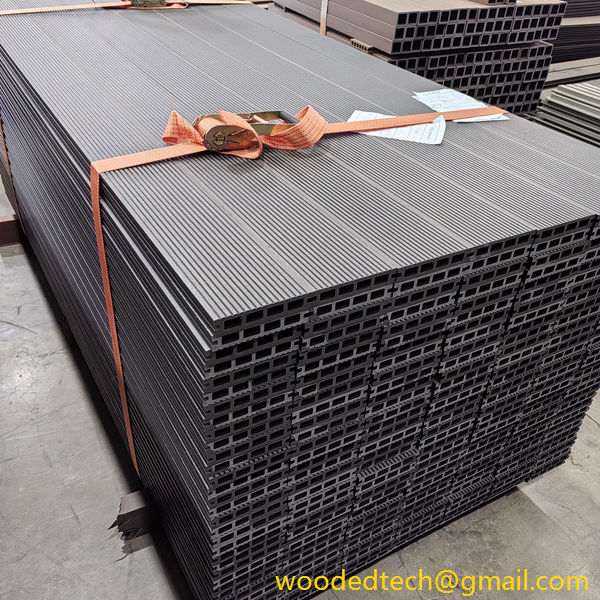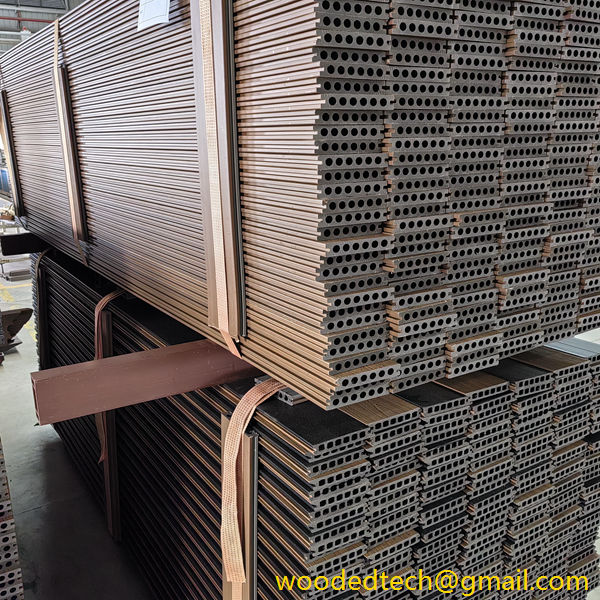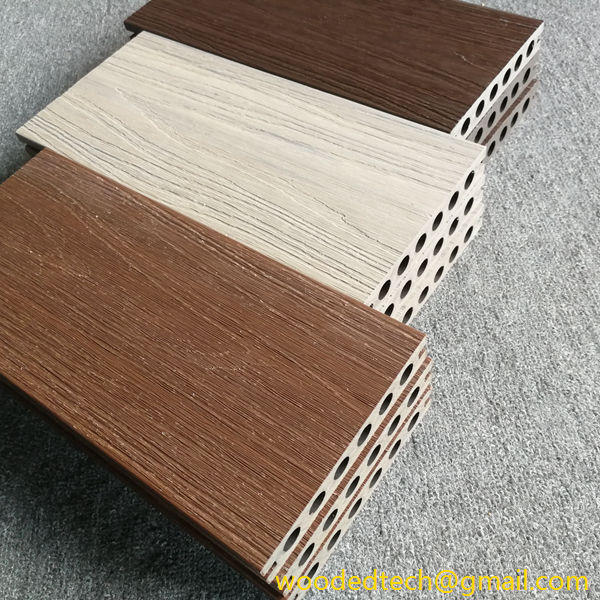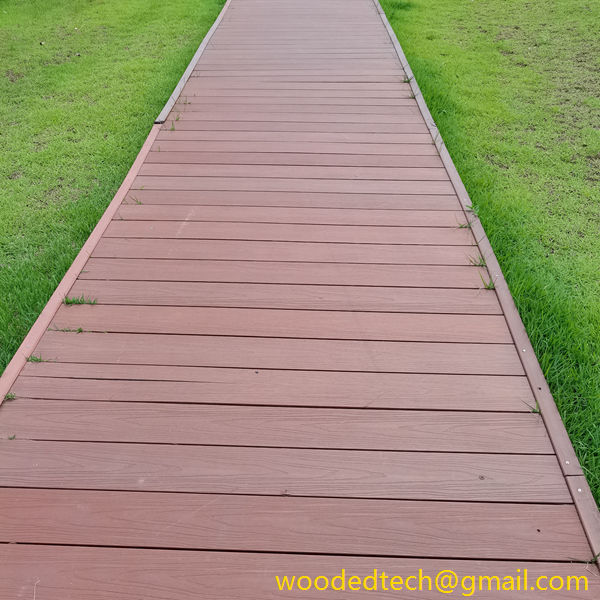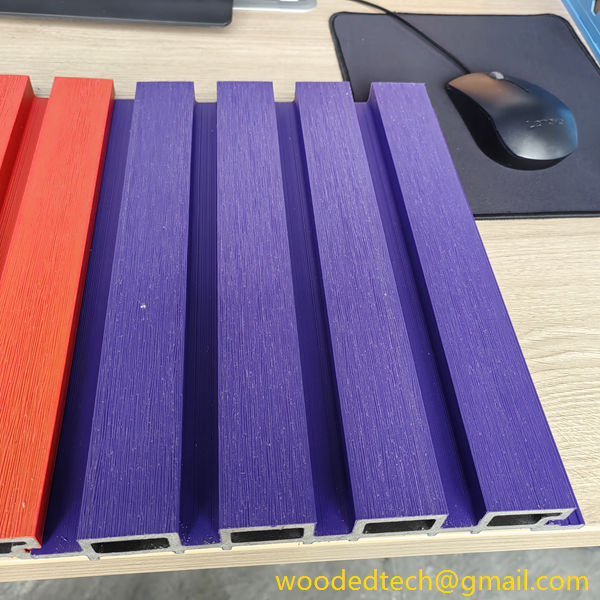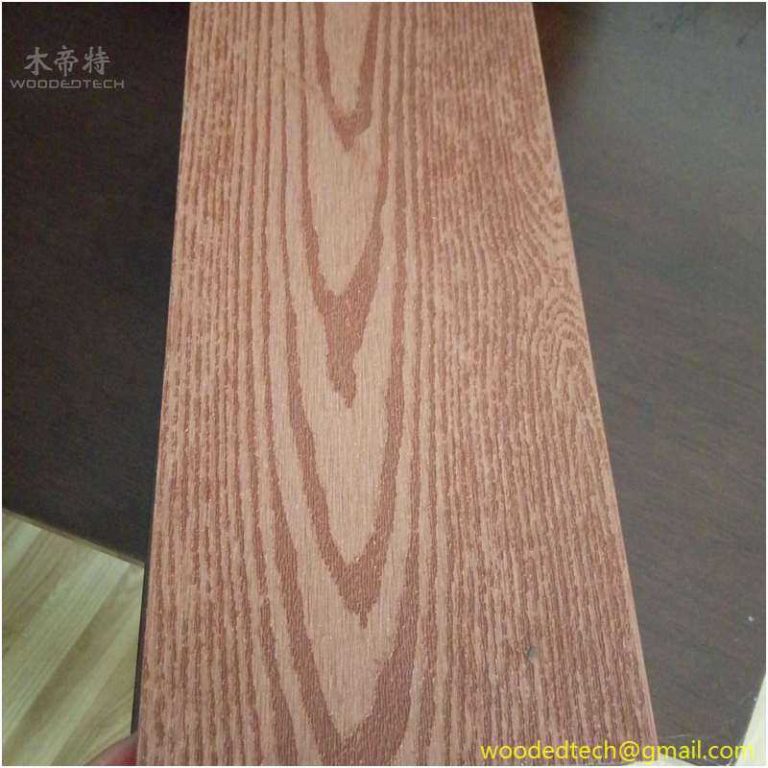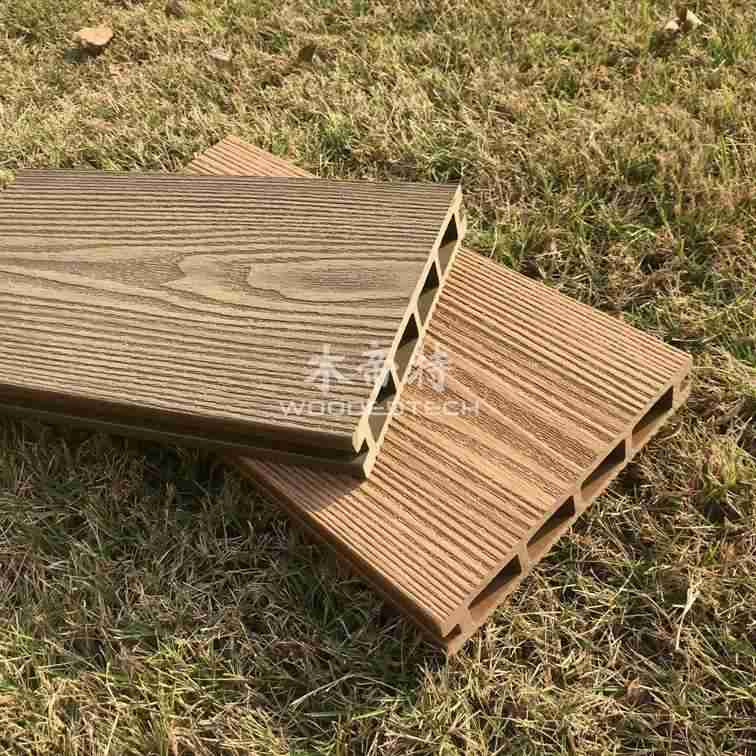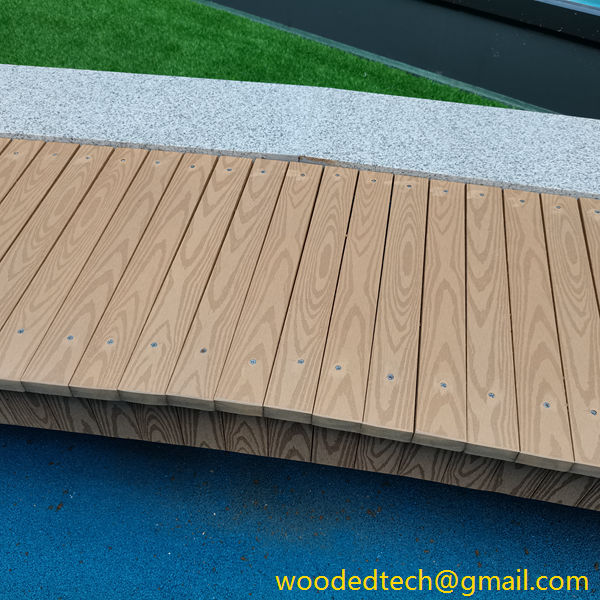Типы настилов из ДПК: Руководство по различным видам декинга из ДПК
Виды настилов из ДПК: Руководство по различным видам настилов из ДПК Когда речь заходит о благоустройстве открытых пространств, настилы из ДПК, или древесно-полимерного композита, становятся популярным выбором как среди домовладельцев, так и среди строителей. Этот инновационный материал сочетает в себе естественную эстетику дерева и практические преимущества пластика, в результате чего настил...
Типы настилов из ДПК: Руководство по различным видам декинга из ДПК
When it comes to enhancing outdoor spaces, WPC decking, or Wood Plastic Composite decking, has emerged as a popular choice for homeowners and builders alike. This innovative material combines the natural aesthetic of wood with the practical benefits of plastic, resulting in decking that is not only visually appealing but also highly durable and low maintenance. Understanding the different types of WPC decking can help you make an informed decision when planning your next outdoor project. This guide will explore the various types of WPC decking available, focusing on their installation, features, and benefits.
One of the most significant advantages of WPC decking is its ease of installation. Unlike traditional wood decking, which often requires specialized tools and skills, many WPC decking products are designed for straightforward installation. This can save you time, effort, and potentially even money if you opt for a DIY approach. Various types of WPC decking cater to different installation preferences, making it essential to understand the options available.
One common type of WPC decking is the grooved board. These boards feature a channel or groove along each edge, allowing for an easy installation process. Grooved boards are typically installed using hidden fasteners, which not only create a sleek and seamless appearance but also protect the fasteners from the elements. This type of decking is particularly popular among DIY enthusiasts, as it requires minimal tools and can be installed quickly. The hidden fastener system also eliminates the need for visible screws, resulting in a clean finish that many homeowners find appealing.
Another type of WPC decking is the solid board. Unlike grooved boards, solid boards do not have a channel along the edges. Instead, they are typically installed using surface screws or clips, which can be visible or hidden depending on the installation method chosen. Solid boards can offer a more robust feeling underfoot and may be preferred for areas that experience heavy foot traffic. While installation may require more tools and careful planning compared to grooved boards, solid boards provide a classic look that many homeowners appreciate.
For those who desire a more customized look, WPC decking is available in a variety of colors, finishes, and textures. This versatility allows homeowners to select a product that complements their outdoor aesthetic. Some WPC decking options mimic the appearance of exotic hardwoods, while others are designed to mimic the look of traditional wood decking. The range of colors and finishes can cater to various design preferences, making it easier to achieve the desired ambiance in your outdoor space.
In addition to aesthetics, WPC decking is engineered to resist various environmental challenges. Many manufacturers add UV inhibitors to their WPC decking products to prevent fading and discoloration over time. This feature means that your deck will maintain its vibrant appearance with minimal maintenance. Additionally, WPC decking is often resistant to moisture and insects, which can be significant concerns for traditional wood decking. This resilience translates to lower maintenance needs, as homeowners don’t have to worry about rot, splintering, or insect damage that can plague wooden decks.
Another consideration in the types of WPC decking is the surface texture. Some WPC products offer a textured surface that enhances grip, making them an excellent choice for areas prone to moisture, such as around pools or in rainy climates. These textured surfaces not only enhance safety but also add to the overall aesthetic appeal of the deck. On the other hand, smooth-surfaced WPC decking can provide a sleek, modern look but may require more attention during wet conditions to prevent slipping.
When selecting WPC decking, it is also essential to consider its eco-friendliness. Many WPC products are made from recycled materials, which reduces the demand for virgin wood and plastic. By choosing WPC decking, you are contributing to sustainability efforts while also enjoying the benefits of a long-lasting product. Additionally, the low maintenance nature of WPC decking means that fewer chemicals and treatments are required over time, further reducing your environmental impact.
Lastly, it is crucial to assess the warranties offered by different manufacturers when choosing WPC decking. Many reputable brands provide extensive warranties, which can offer peace of mind regarding the longevity and performance of your deck. Reviewing these warranties can help you determine which products are backed by the manufacturer’s confidence in their durability and quality.
In conclusion, WPC decking presents various types that cater to different needs, preferences, and installation methods. Whether you prefer grooved boards for their ease of installation or solid boards for their robust feel, there is a WPC decking option available for everyone. The aesthetic versatility, low maintenance requirements, and environmental benefits make WPC decking an attractive choice for enhancing outdoor spaces. By understanding the different types of WPC decking and their unique features, you can select the perfect solution for your home, ensuring a beautiful and functional outdoor area that you can enjoy for years to come.

